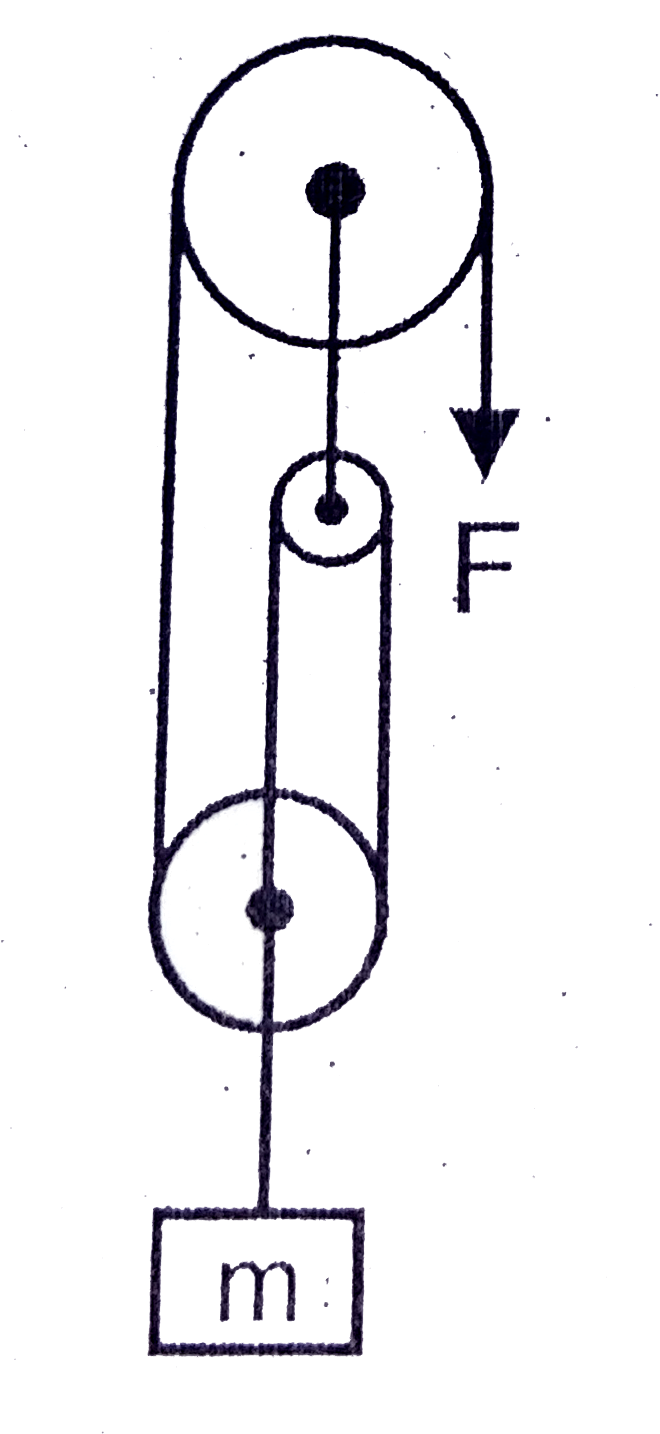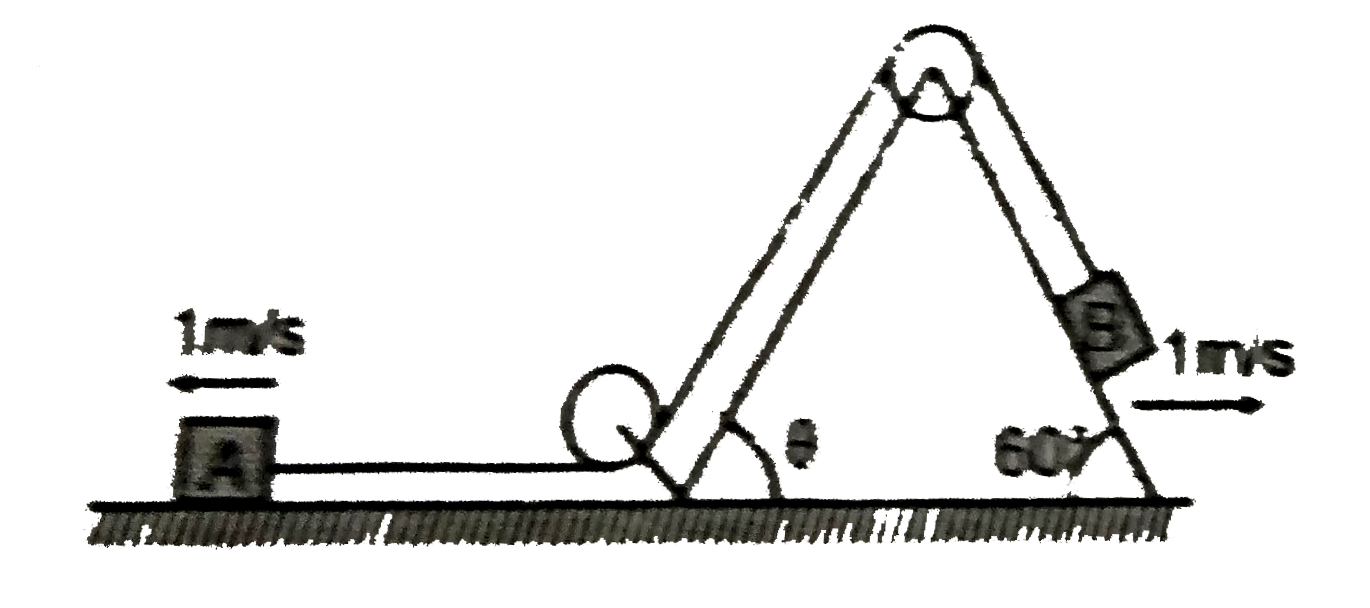As shown in the figure a body of mass m moving horizontally with speed √3m/s hits a fixed smooth wedge and goes up with a velocity 1vt in the vertical direction. If ∠ of wedge is 30∘, the velocity vf will be :

3m/s
√3m/s
1√3m/s
this is not possible
The correct Answer is:B
Step by step video, text & image solution for As shown in the figure a body of mass m moving horizontally with speed sqrt(3) m//s hits a fixed smooth wedge and goes up with a velocity 1v_(t) in the vertical direction. If /_ of wedge is 30^(@), the velocity v_(f) will be : by Physics experts to help you in doubts & scoring excellent marks in Class 11 exams.
Updated on:21/07/2023Topper's Solved these Questions
- IMPULSE AND MOMENTUMBook:ANURAG MISHRAChapter:IMPULSE AND MOMENTUMExercise:L-2
Explore 21 Videos
- IMPULSE AND MOMENTUMBook:ANURAG MISHRAChapter:IMPULSE AND MOMENTUMExercise:L-3,(P-1)
Explore 5 Videos
- IMPULSE AND MOMENTUMBook:ANURAG MISHRAChapter:IMPULSE AND MOMENTUMExercise:Example
Explore 50 Videos
- FORCE ANALYSISBook:ANURAG MISHRAChapter:FORCE ANALYSISExercise:Matching type
Explore 13 Videos
- RIGID BODY MOTIONBook:ANURAG MISHRAChapter:RIGID BODY MOTIONExercise:MATCH THE COLUMN
Explore 12 Videos
Similar Questions
As shown in the figure a body of mass m moving vertically with speed 3 m/s hits a smooth fixed inclined plane and rebounds with a velocity vf in the horizontal direction . If angle of plane with horizontal is 30∘ , the velocity vf will be

View SolutionA wedge mass m rest on horizontal surface. The inclination of the wedge is α. A ball of mass m moving horizontal with speed u hits the inclined face of the wedge in elastically and after hitting slides up the inclined face of the wedge. Find the velocity of the wedge just after collision. Neglect any friction.

View Solution
Knowledge Check
In the block moves up with constant velocity v m//s. Find F
 AF=mg2BF=2mg3CF=mg3DF=m3
AF=mg2BF=2mg3CF=mg3DF=m3A body is projected horizontally with a speed v0 find the velocity of the body when it convers equal distance in horizontal and vertical directions.
Av=2v0Bv=√5v0Cv=v02Dv=√3v0A body of mass m moving at a constant velocity v hits another body of the same mass moving with a velocity v/2 but in the opposite direction and sticks to it. The common velocity after collision is
AvBv/4C2vDv/2
A particle of mass m moving horizontal with v0 strikes a smooth wedge of mass M, as shown in figure. After collision, the ball starts moving up the inclined face of the wedge and rises to a height h.

The final velocity of the wedgev2 is
View SolutionA body of mass m moving with a constant velocity v hits another body of the same mass moving with the same velocity v but in the opposite direction and sticks to it. The velocity of the compound body after collision is
View SolutionA body of mass m moving with a constant velocity v hits another body of the same mass moving with the same velocity v but in the opposite direction and sticks to it. The velocity of the compound body after collision is
View SolutionA system is shown in the figure. Block A is moving with 1m/s towards left. Wedge is moving with 1m/s towards right. Then speed of the block B will be :

View SolutionA body of mass m moving with a velocity v in the x direction collides with another body of mass M moving in y direction with a velocity V. They coalesce into one body during collision.
View Solution

